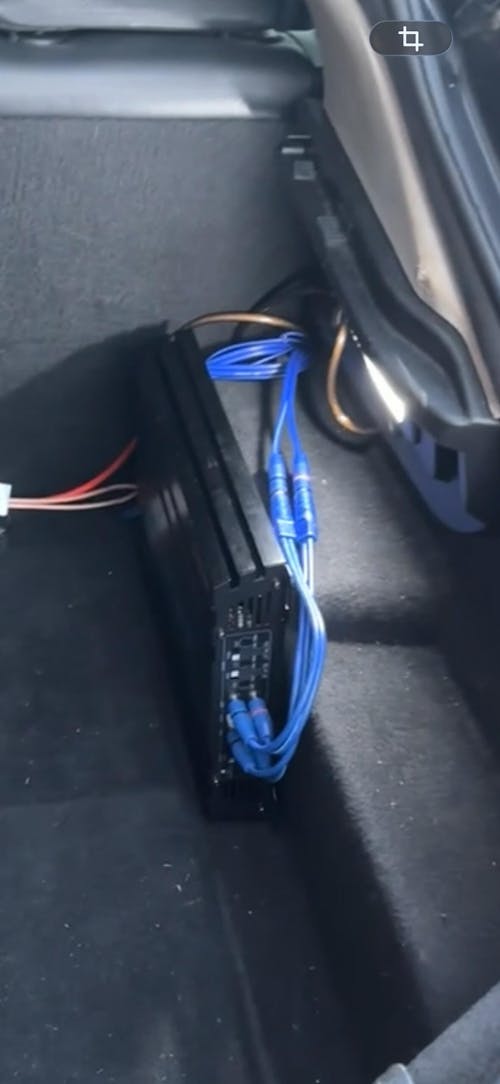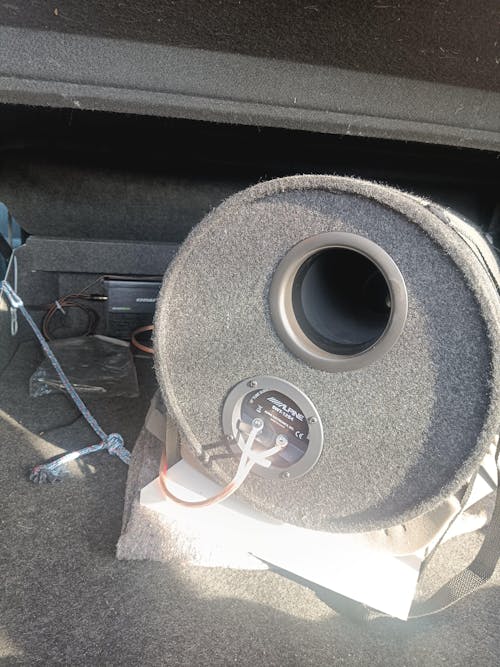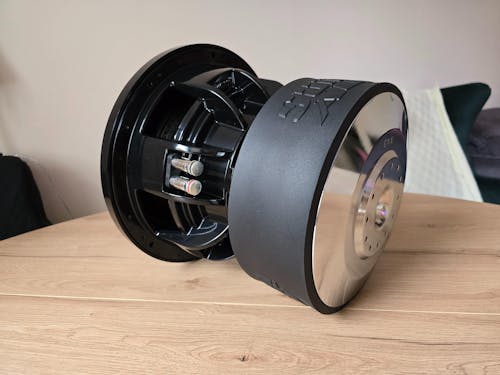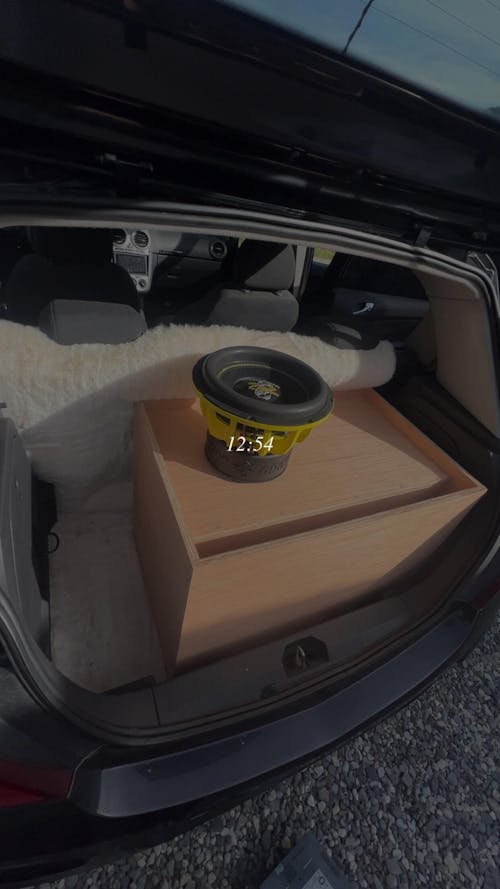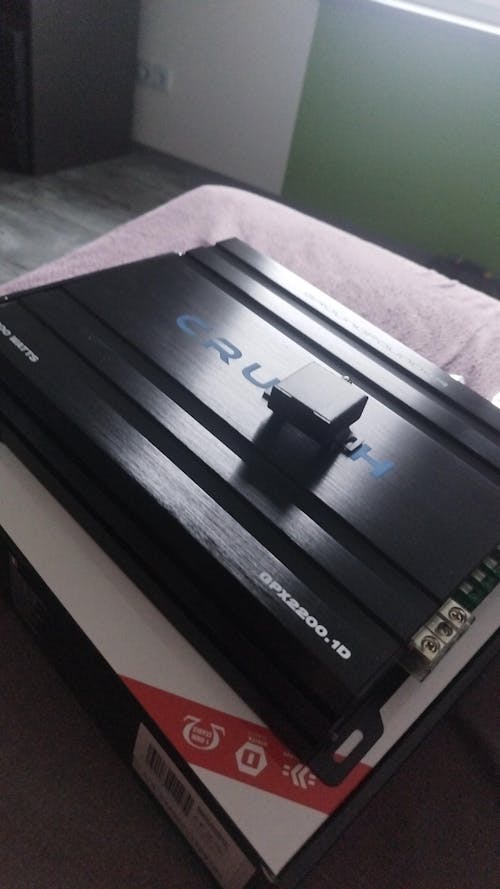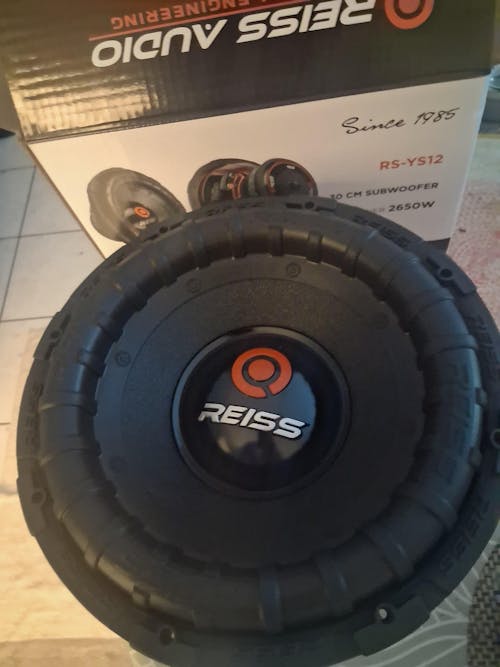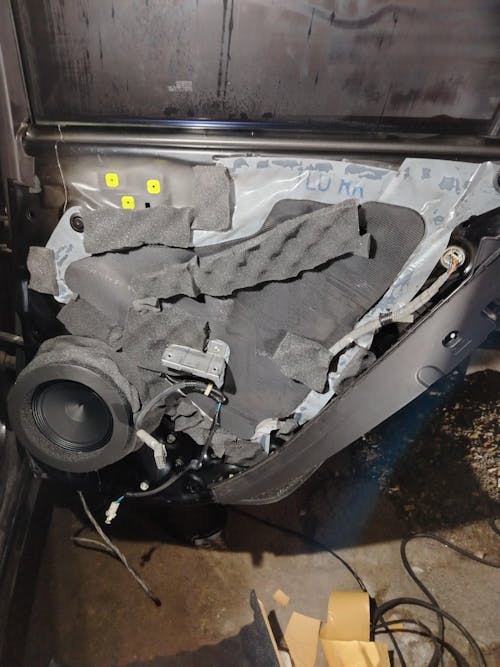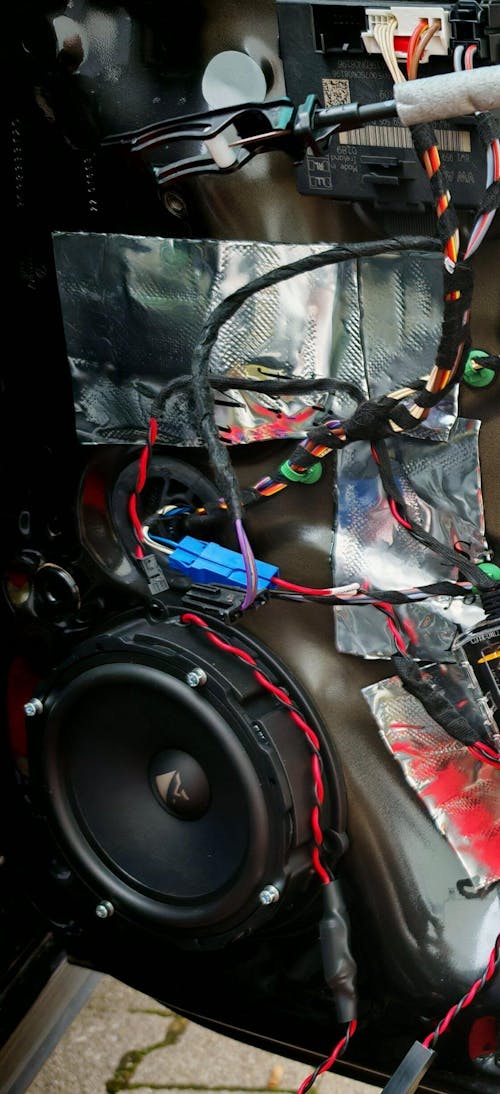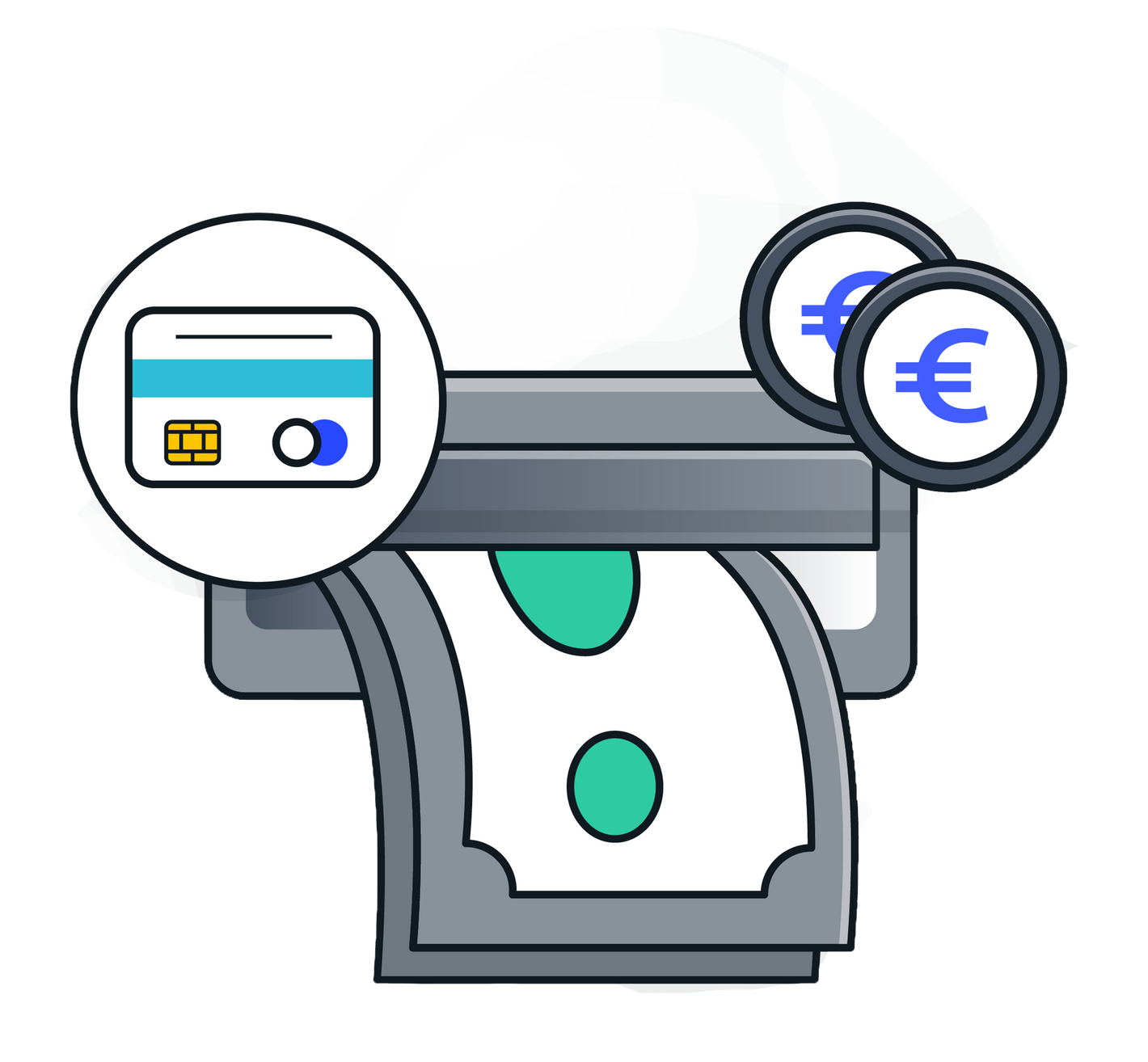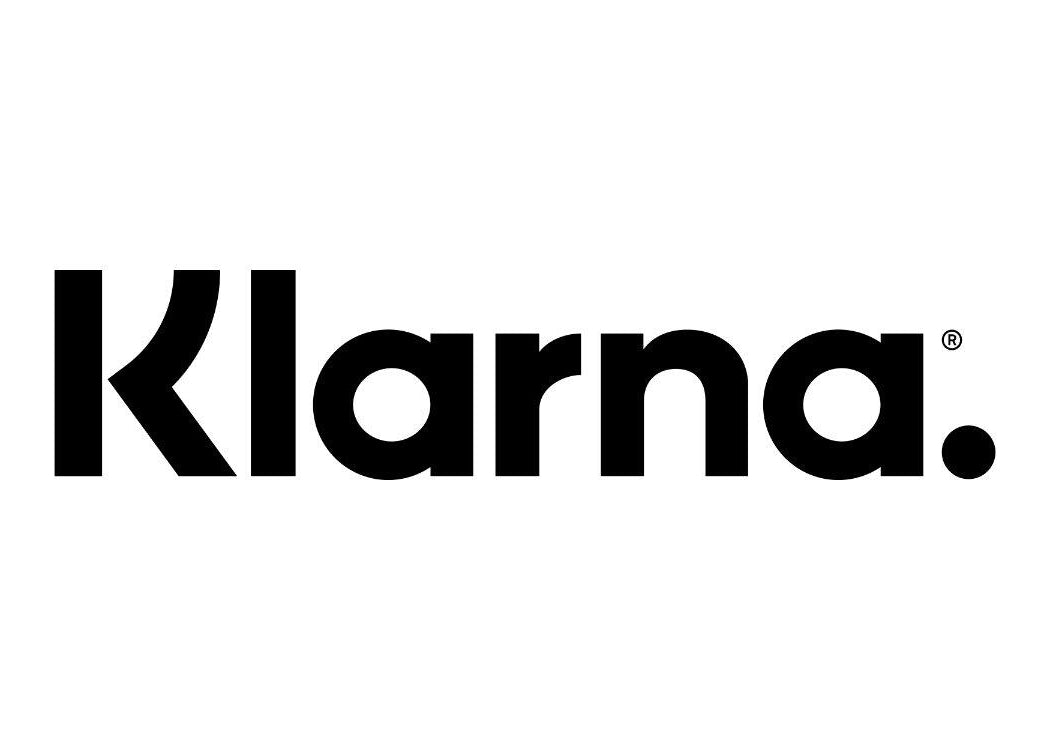-
 Normal price €99,00Normal price
Normal price €99,00Normal price€99,00Selling price €99,005% Rabatt mit VorkasseDelivery to HomeDec 18, - Dec 21, -

 Normal price €49,00Normal price
Normal price €49,00Normal price€49,00Selling price €49,005% Rabatt mit VorkasseDelivery to HomeDec 18, - Dec 21, -
ESX iGO SoftwareVNA-NG-A60 / A61 / A63

 Normal price From €199,00Normal price
Normal price From €199,00Normal price€199,00Selling price From €199,005% Rabatt mit VorkasseDelivery to HomeDec 18, - Dec 21, -

 Normal price €969,00Normal price
Normal price €969,00Normal price€969,00Selling price €969,005% Rabatt mit VorkasseDelivery to HomeDec 18, - Dec 21, -

 Normal price From €999,00Normal price
Normal price From €999,00Normal price€999,00Selling price From €999,005% Rabatt mit VorkasseDelivery to HomeDec 18, - Dec 21, -

 Normal price From €999,00Normal price
Normal price From €999,00Normal price€999,00Selling price From €999,005% Rabatt mit VorkasseDelivery to HomeDec 18, - Dec 21, -

 Normal price From €1.099,00Normal price
Normal price From €1.099,00Normal price€1.099,00Selling price From €1.099,005% Rabatt mit VorkasseDelivery to HomeDec 18, - Dec 21, -

 Normal price From €1.099,00Normal price
Normal price From €1.099,00Normal price€1.099,00Selling price From €1.099,005% Rabatt mit VorkasseDelivery to HomeDec 18, - Dec 21, -

 Normal price From €799,00Normal price
Normal price From €799,00Normal price€799,00Selling price From €799,005% Rabatt mit VorkasseDelivery to HomeDec 18, - Dec 21, -

 Normal price From €799,00Normal price
Normal price From €799,00Normal price€799,00Selling price From €799,005% Rabatt mit VorkasseDelivery to HomeDec 18, - Dec 21, -

 Normal price From €849,00Normal price
Normal price From €849,00Normal price€849,00Selling price From €849,005% Rabatt mit VorkasseDelivery to HomeDec 18, - Dec 21, -

 Normal price From €849,00Normal price
Normal price From €849,00Normal price€849,00Selling price From €849,005% Rabatt mit VorkasseDelivery to HomeDec 18, - Dec 21, -

 Normal price From €849,00Normal price
Normal price From €849,00Normal price€849,00Selling price From €849,005% Rabatt mit VorkasseDelivery to HomeDec 18, - Dec 21, -

 Normal price From €999,00Normal price
Normal price From €999,00Normal price€999,00Selling price From €999,005% Rabatt mit VorkasseDelivery to HomeDec 18, - Dec 21, -

 Normal price From €999,00Normal price
Normal price From €999,00Normal price€999,00Selling price From €999,005% Rabatt mit VorkasseDelivery to HomeDec 18, - Dec 21, -

 Normal price €749,00Normal price
Normal price €749,00Normal price€749,00Selling price €749,005% Rabatt mit VorkasseDelivery to HomeDec 18, - Dec 21, -

 Normal price From €1.299,00Normal price
Normal price From €1.299,00Normal price€1.299,00Selling price From €1.299,005% Rabatt mit VorkasseDelivery to HomeDec 18, - Dec 21, -

 Normal price From €1.149,00Normal price
Normal price From €1.149,00Normal price€1.149,00Selling price From €1.149,005% Rabatt mit VorkasseDelivery to HomeDec 18, - Dec 21, -

 Normal price €799,00Normal price
Normal price €799,00Normal price€799,00Selling price €799,005% Rabatt mit VorkasseDelivery to HomeDec 18, - Dec 21, -

 Normal price €949,00Normal price
Normal price €949,00Normal price€949,00Selling price €949,005% Rabatt mit VorkasseDelivery to HomeDec 18, - Dec 21, -

 Normal price From €949,00Normal price
Normal price From €949,00Normal price€949,00Selling price From €949,005% Rabatt mit VorkasseDelivery to HomeDec 18, - Dec 21, -

 Normal price From €1.199,00Normal price
Normal price From €1.199,00Normal price€1.199,00Selling price From €1.199,005% Rabatt mit VorkasseDelivery to HomeDec 18, - Dec 21, -

 Normal price From €949,00Normal price
Normal price From €949,00Normal price€949,00Selling price From €949,005% Rabatt mit VorkasseDelivery to HomeDec 18, - Dec 21, -

 Normal price From €1.249,00Normal price
Normal price From €1.249,00Normal price€1.249,00Selling price From €1.249,005% Rabatt mit VorkasseDelivery to HomeDec 18, - Dec 21, -

 Normal price €699,00Normal price
Normal price €699,00Normal price€699,00Selling price €699,005% Rabatt mit VorkasseDelivery to HomeDec 18, - Dec 21, -

 Normal price €699,00Normal price
Normal price €699,00Normal price€699,00Selling price €699,005% Rabatt mit VorkasseDelivery to HomeDec 18, - Dec 21, -

 Normal price €649,00Normal price
Normal price €649,00Normal price€649,00Selling price €649,005% Rabatt mit VorkasseDelivery to HomeDec 18, - Dec 21, -

 Normal price €1.049,00Normal price
Normal price €1.049,00Normal price€1.049,00Selling price €1.049,005% Rabatt mit VorkasseDelivery to HomeDec 18, - Dec 21, -

 Normal price €999,00Normal price
Normal price €999,00Normal price€999,00Selling price €999,005% Rabatt mit VorkasseDelivery to HomeDec 18, - Dec 21, -

 Normal price €899,00Normal price
Normal price €899,00Normal price€899,00Selling price €899,005% Rabatt mit VorkasseDelivery to HomeDec 18, - Dec 21,
Wie wähle ich das passende Navigationsradio für mein Auto aus?
Wie wähle ich das passende Navigationsradio für mein Auto aus?
Welche Funktionen sind für Vielreisende besonders wichtig?
Welche Funktionen sind für Vielreisende besonders wichtig?
Wie funktionieren Live-Verkehrsinformationen in Navigationssystemen?
Wie funktionieren Live-Verkehrsinformationen in Navigationssystemen?
Was sind die technischen Vorteile von ESX Navigationsradios?
Was sind die technischen Vorteile von ESX Navigationsradios?
Wie verbessert Sprachsteuerung die Nutzung von Navigationsradios?
Wie verbessert Sprachsteuerung die Nutzung von Navigationsradios?
Was muss ich bei der Installation eines Navigationssystems beachten?
Was muss ich bei der Installation eines Navigationssystems beachten?
Wie pflege ich mein Navigationssystem?
Wie pflege ich mein Navigationssystem?
Welche Rolle spielt die Kompatibilität von Navigationssystemen mit Fahrzeugmodellen?
Welche Rolle spielt die Kompatibilität von Navigationssystemen mit Fahrzeugmodellen?
Wie beeinflusst die Klangqualität das Fahrerlebnis mit einem Navigationsradio?
Wie beeinflusst die Klangqualität das Fahrerlebnis mit einem Navigationsradio?
Was sollte ich bei der Auswahl von Zubehör für mein Navigationsradio beachten?
Was sollte ich bei der Auswahl von Zubehör für mein Navigationsradio beachten?
































































